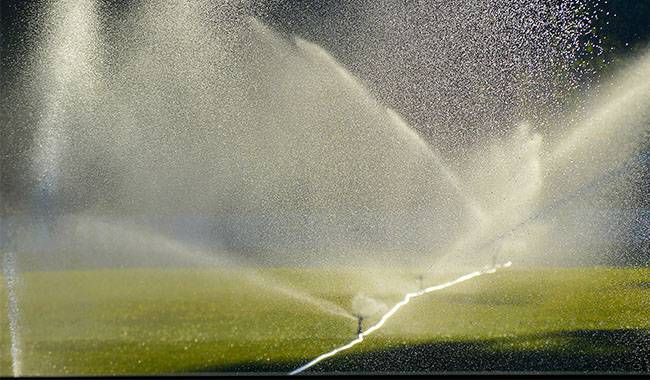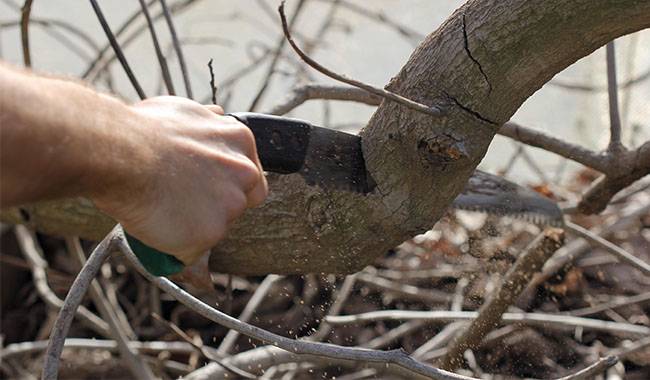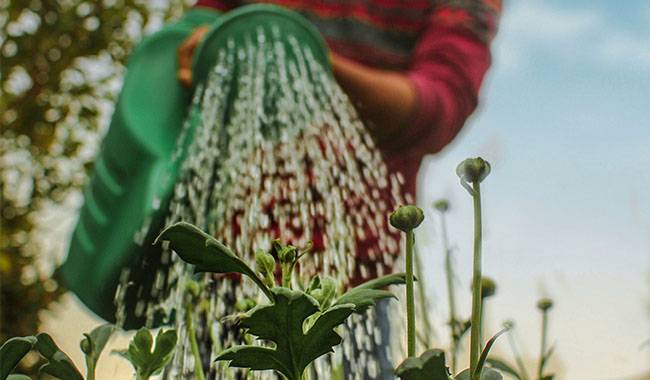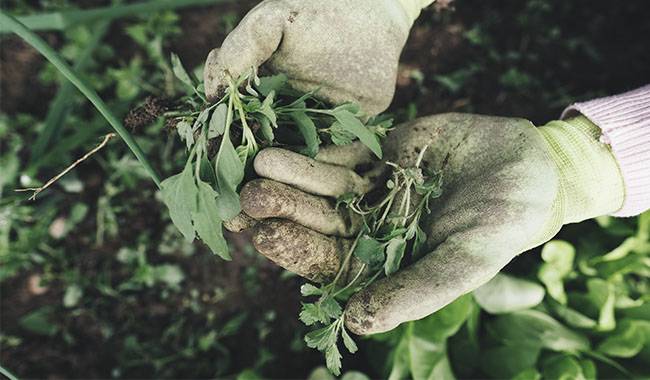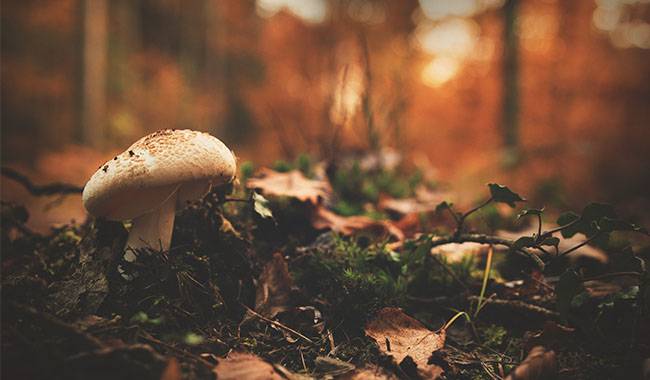
You’ve probably heard or read about humic substances more than once. You may have even used them in your backyard with varying degrees of success. However, given that this type of fertilizer is relatively new, many beginners have not yet discovered humus.
You can read more about what humic fertilizers are and how to use them with the material humic fertilizers – the way they are used for different crops.
In this article, I would like to share with you my experience of using humus which is inexpensive, but very effective for plant growth.
WHAT IS HUMUS?
But first, it’s worth remembering a little theory. We have always called humus a valuable substance in the soil that enables plants to grow, develop, flower, and bear fruit.
The humus in my yard is the result of plant residues decomposing with the help of worms and various soil microorganisms.
That is, ideally, we need as much fallen leaves, cut branches, pine needles, and other plant material that “serves its life” to cover the surface of the garden, and the inhabitants of the ground itself will turn this into extraordinary fertility over time.
By carrying out this process year after year, we improve our soil, making it not only fertile but also water and air consuming and convenient for our plants.
Comfortable with all the chemicals, especially fertilizers, due to the conversion of humus (or humic acid) into accessible plant form (chelated).
Or simply put – fertilizing with “minerals” at will on the sandy ground will not yield much, but in more or less fertile soil, the effect is real.
All well and good, but making humus takes time. How to speed up the process? Scientists thought about it and came up with one.
In the traditional sense, if humus-rich (humic acid) soil is treated with alkali, the chemical reaction precipitates salts – the very humus. In fact, concentrated fertility is concentrated humus.
In practice, potash or sodium bases are used to treat peat, coal, or other materials. Potassium humate or sodium humate are obtained, respectively. There are certain differences between the two. For example, not all plants like sodium, some, on the contrary, prefer it.
Sodium humate is considered to be an excellent agent for improving the resistance of plants to unexpected frosts, droughts or floods, severe frosts, and diseases. Whereas, potassium humate has a more pronounced stimulating effect on plants.
I USE HUMIC FERTILIZERS FOR THE FOLLOWING PURPOSES
For the development of the root system
Sometimes gardeners have to not only plant but also replant trees and shrubs on the plot. In doing so, no matter how hard you try, the root system is inevitably traumatized – in short, partially chopped off when you dig it up.
And it is the peripheral part, which provides most of the fine sucking roots that feed the plant, that suffers. And if such digging is done during non-working hours, in late spring, or even in summer, the plants have little chance of survival.
That’s exactly what happened last summer. A neighbor moved out of the neighborhood and, out of the goodness of his heart, offered to let me dig up a few seedlings – a pear tree and a plum tree, so to speak – to “keep as a souvenir.” What to do in June, when the heat hits? I dug them up, took them home, and started thinking.
I dug them up, brought them home, and tried to plant them in the ground, even after watering them, I doubted they would take root. Here I remembered the humus.
Dissolve it, follow the instructions and soak the roots for a day. In the meantime, prepare a large container (a seven-liter bucket with holes in the bottom), pour in a loose and fertile soil mixture, and plant the seedlings, with the above-ground part strongly (1/2) shortened.
Why plant in a container? I do: I put them in the shade, near the water, so that there are more chances. And it worked! But in addition to the pre-plant soaking, I also watered them with a humus solution every 2 weeks.
In late fall, I saw that the trees were not growing, but they were still vibrant. When I took them out of their containers, I found that they were still well-rooted, with fine, light roots that could be lost. The seedlings were planted in the open ground and had already produced growth last year.
Therefore, stimulating root development is one of the most important and useful properties of humic substances. I believe that potassium humate has a stronger effect, but I have also tried sodium humate for this purpose and it also works.
For cuttings
I like plants for vegetative propagation, rooted cuttings, and transplants. In the case of cuttings, I also soak them in humus solution for a few hours (5-6 hours) and then already insert them in “cuttings”. Again, watering every 2 weeks, I sprinkle with humus solution in addition to the main water. Rooting is both fast and friendly.
For the growth of the above-ground part of the plant.
“Nachollo” and the following options: Sometimes bought seedlings, such as roses and hydrangeas, simply do not want to grow, as the saying goes, “sit and wait”. They are alive, but they do not give any growth. Again, according to the instructions, I dilute humus and sprinkle such seedlings. The result is visible in a week or two.
HOW TO USE HUMIC SUBSTANCES?
Of course, many readers have a legitimate question, but what concentration to use? The fact is that there is a wide variety of humic substances on the market, and the most correct answer is the one I have already mentioned – according to the instructions.
I have sodium humus in the form of black crystals. A teaspoon of these crystals needs to be poured into 1 liter of hot water – temperature about 140 °F (60 ° C) and left to dissolve for a few hours (5-6).
I do this in a glass jar (just in case, be careful: moist humic crystals are capable of making “eternal” stains like manganese).
Once the concentrate is ready, dilute it strongly with water before use – 0.5 liters of concentrate per 10 liters of water. This is for watering, and also for soaking cuttings and rooting.
But again, that’s what my instructions say. In any case, be careful with humus solutions; exceeding the concentration is unacceptable and can burn roots or cuttings and bring harm instead.
Stronger humus solutions can be used for pre-sowing dips, weaker humus solutions – for foliar feeding, including sprouts.
Of course, it is worth understanding that humic substances, although they are called concentrated fertilizers, do not replace fertility in any way. But they do allow plants to comfortably absorb what is in the soil of your plot and the fertilizer you apply.




